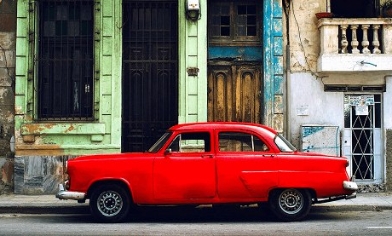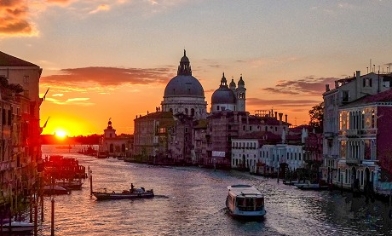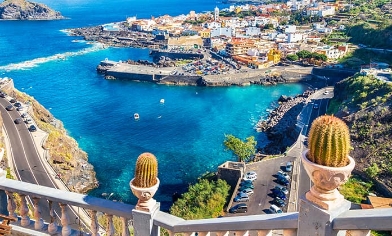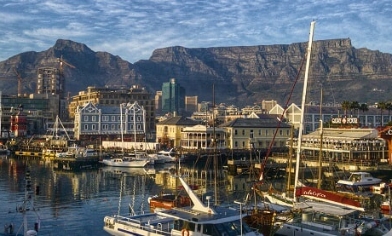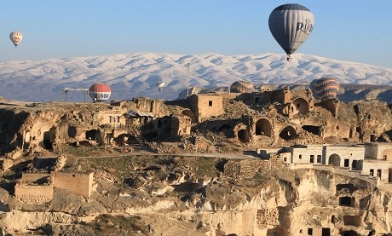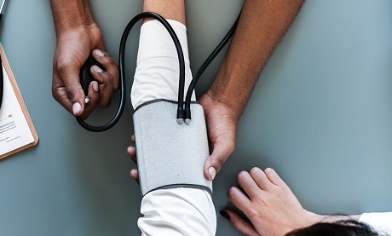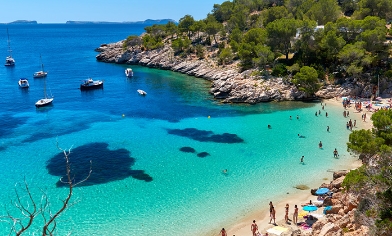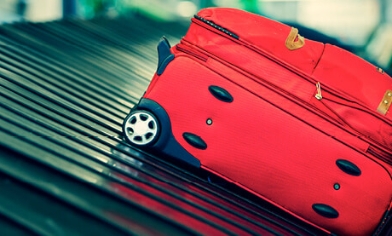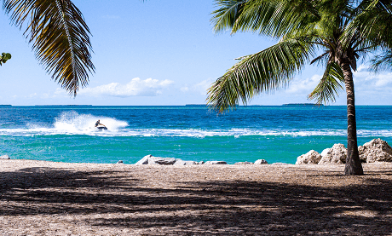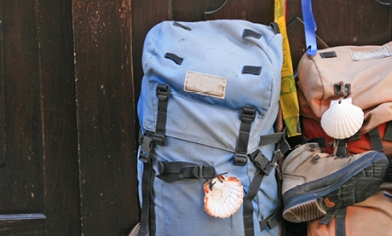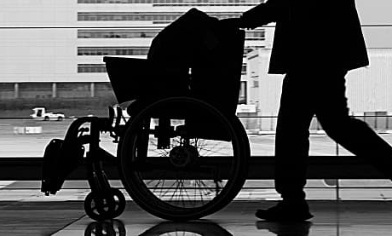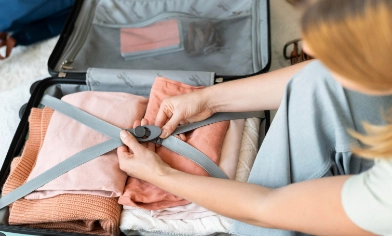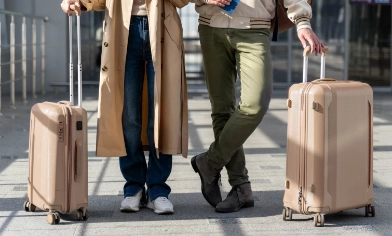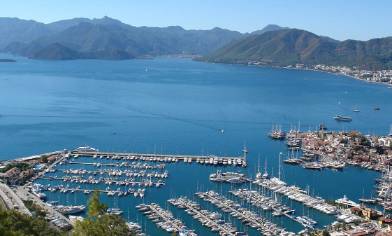Healthcare in Greece
If you're a UK citizen, you can apply for a Global Health Insurance Card (Ghic) that will give you access to emergency or necessary state healthcare in Greece and other EU countries for free or at a lower cost. If you have an existing Ehic card (its predecessor) you can use it until its expiry date.
Overall, Greece’s healthcare system is comparable with the rest of Western Europe. With over 200 different inhabited Greek islands, though, local healthcare facilities can differ greatly. It’s worth checking the location and nature of the medical facilities nearest to where you’ll be staying before you go.
The Ghic and Ehic only cover healthcare, not eventualities such as repatriation to the UK and air rescue if they're needed, so should be combined with good travel insurance. Without a policy with enough medical cover, the costs can still add up.
The number to dial for emergency medical assistance is 112 or dial 166 to request an ambulance. If you call 999 on a UK mobile while in Greece it will also transfer to the Greek emergency services. The public ambulance service is basic and in short supply on some islands, so you may want to factor this in when planning where to stay and where to visit.
Check any prescription drugs are allowed before you travel. Take enough with you to cover the duration of your trip and some extra to cover unexpected delays. It’s also a good idea to carry a copy of your prescription so authorities can check its validity and authorise any emergency refills you might need.
Check the Foreign, Commonwealth and Development Office (FCDO) page for the latest health advice when travelling to Greece.

Travel risks in Greece
For the most part, Greece is a very safe county with a low rate of crime that’s extremely welcoming to tourists. But it’s important to remain alert especially in busy areas to make sure your holiday remains a happy one.
In Athens, like many metropolitan parts of Europe, there’s an increased risk of theft of cash, wallets, passports and bags is common. Particularly in crowded places and on the metro.
Only move around with what you really need to carry and keep it somewhere secure and inaccessible to thieving hands. Take a photocopy of your passport (or a digital copy on your phone if it stays charged), leaving the real thing with your other valuables in a safe at your accommodation.
Scams can take place in popular tourist spots, so watch out for street sellers overcharging for products or services. Agree prices in advance, check the authenticity of anything you’re buying, and make sure you’re given enough change.
Acts of terrorism are rare in Greece and UK nationals are rarely the target. They can’t be ruled out, though, so check the current FCDO guidance on terrorism risks in Greece before you travel.
Road deaths as a proportion of the Greek population are higher than in the UK. Activities like the use of quad bikes and mopeds carry increased risk so if you intend to check your insurance has adequate cover for these and any other higher risk activities like water sports. You should always check the latest FCDO travel advice for Greece before you go, as travelling against these recommendations could invalidate your travel insurance.
Getting around: driving in Greece
Like the rest of mainland Europe, Greece drives on the right-hand side. Speed limits are in km/h and range from 50 km/h in built-up areas to 110-120 km/h on motorways. The limit is 90 km/h on regular roads.
If you’re planning to drive while there, you’ll need to be 18 or over and have a full, valid driver's licence, insurance and proof of ID, plus ownership documents if it’s your own vehicle. With the UK’s departure from the EU, you should also check if you’ll need an International Driving Permit.
Hired or private vehicles need to contain a breakdown warning triangle, reflective jacket, a fire extinguisher and first aid kit. If it’s your own vehicle, the headlights will need deflector stickers or the beam adjusting. Not complying with these regulations risks high fines.
Seat belts must be worn. Children under 10 must sit in the back seat. If under 3 they must use a child seat. Those aged 3-11 and under 1.35 metres tall need the correct seat or restraints for their size. Crash helmets are compulsory for both the lead rider and passenger on motorcycles.
Driving while over the legal drinking limit can result in heavy fines and imprisonment. Drink driving limits are lower in Greece, where a blood alcohol content of 0.05 percent classes you as legally drunk.
With different types, brands and strengths of alcoholic beverages available it can be difficult to judge the volume consumed. The only way to be sure is to avoid alcohol if you intend to drive. Remember too that accidents or injuries caused to you or someone else any time you’re under the influence of alcohol are unlikely to be covered by your travel insurance.
Getting around: public transport
Long distance bus or coach services in Greece are provided by KTEL, while local providers operate for shorter bus journeys.
There are frequent buses and trolley buses to be found in the city of Athens, as well as a reliable metro system and tram network. The city of Thessaloniki also operates plenty of buses too.
Taxis are cheap, safe and plentiful in the cities but become scarcer on the islands. They run on meters and, while still cheap on some of the islands, can be more expensive on Santorini and other more commercial islands. Don’t be surprised if another passenger asks to share the ride if they’re going in your direction – it’s common in Greece.
If you’re keen to see the splendour of Greece by train, there's a choice of three different InteRail passes. A main train line connects Athens and Thessaloniki, with the journey taking about four hours on the express service.
If you’re looking to move around the Greek islands a network of ferries operates between the larger islands. Local providers operate boat services for the smaller island, but times may be infrequent and routes indirect.

Weather for Greece
Temperatures in Greece range from the mid to low teens in January and February through to the low 30s in July and August.
In Athens, temperatures during the summer months often exceed 30°C and some days have even been recorded into the 40s. If you like warm but not scorching temperatures spring and autumn are good times to visit if potentially rainier.
Average temperatures in popular island destinations reach 19-20°C in April and continue upwards into the peak of summer, before cooling off to around 13-14°C in the winter months.
For a sense of the weather in mainland Greece and the Greek islands, here are the average daily maximum temperatures for each month of the year in selected destinations.
|
Month
|
Athens
|
Crete
|
Corfu
|
Santorini
|
| January |
13.3°C |
15.3°C |
13.8°C |
13.3°C |
| February |
13.8°C |
15.4°C |
13.9°C |
13.6°C |
| March |
16.1°C |
17.1°C |
16.2°C |
16.1°C |
| April |
19.8°C |
20.0°C |
19.4°C |
19.5°C |
| May |
25.1°C |
23.7°C |
24.7°C |
24.0°C |
| June |
30.4°C |
27.5°C |
29.2°C |
28.4°C |
| July |
33.4°C |
29.5°C |
32.0°C |
30.6°C |
| August |
33.5°C |
29.4°C |
32.3°C |
30.4°C |
| September |
28.9°C |
27.2°C |
27.3°C |
27.3°C |
| October |
23.7°C |
23.9°C |
23.1°C |
23.0°C |
| November |
18.3°C |
20.1°C |
18.9°C |
18.7°C |
| December |
14.7°C |
17.0°C |
15.1°C |
14.7°C |
Source: Met Office
Do I need travel insurance for Greece?
Having good travel insurance in place for your Greek holiday will mean the cost of any emergency medical treatment, associated expenses and even repatriation back to the UK is covered if you need it.
Travel insurance may help safeguard against some of the risks associated with any trip you make, such as cancellation before you go, delay or disruption to your journey when you travel, and various other events that can impact upon your holiday. It may also reimburse you for the cost of replacing belongings such as your luggage or passport if they’re lost, stolen or damaged.
If you want to get involved in certain activities while you’re on holiday, such as water or extremes sports, it’s vital to check whether your travel insurance will cover you for them. It’s a good idea to take a copy of your policy with you on holiday so you can check what you’re covered for if you decide to take part in something on the spur of the moment.
Remember, some types of holiday may need a specialist policy or an add-on to your standard travel insurance. For instance, you may need cruise cover if you're visiting Greece or its islands during a cruise. You may also want to buy extra gadget cover if you’re taking away more devices than your standard policy covers.
If you have existing medical conditions, make sure you inform your insurer when getting a quote. You may be charged a higher premium or might have to find a specialist policy to cover them.
When choosing a travel insurance policy always check the details and schedule to make sure it will provide all the protection you need, for all the people travelling in your group who need it.











